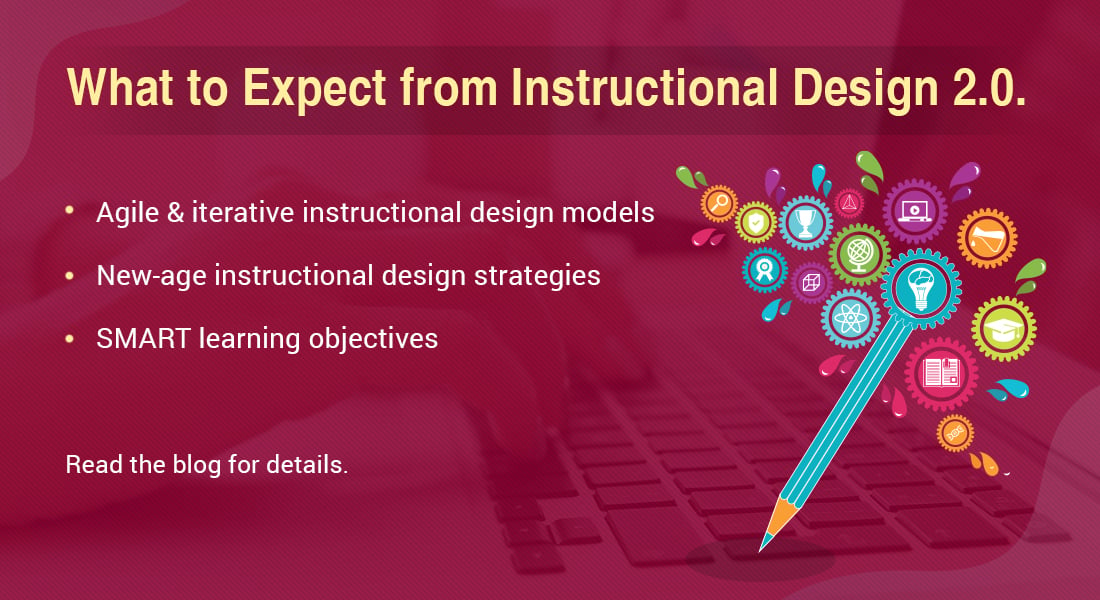The Perfect Instructional Design Strategy for Online Onboarding Training
This blog gives insights into an interesting instructional design strategy that we used to design an online onboarding training for one of our clients.

A couple of years ago, I had the opportunity to accompany a bunch of school kids on a trip to the science museum. Though looking at the skeletons of the dinosaur and tyrannosaurus inspired awe, it also got them curious enough to ask innumerable questions. By the time we were through with the trip, the kids were brimming with their new-found knowledge on the extinct species. I found myself wryly visualizing a classroom lecture on extinct species – would they have been as engaged and involved in it as they were at the museum? Would they have amassed the same amount of information? The answer was a resounding NO! So, what made the trip to the museum a very effective learning experience?
An Effective ID Strategy for New Hire Training
Learning by exploration and discovery (LEAD) is a strategy that can be used to deliver an engaging and immersive learning experience. Using this strategy can get learners to:
- Set out on an exploratory learning journey
- Connect with the content
- Discover the big picture
- Stay engaged in learning
You might be wondering why I am talking about a trip to the museum when the topic of this blog post is an instructional design strategy for employee onboarding. The reason for the kids’ having an immersive learning experience at the museum was the freedom they had to explore and learn, assimilating information at their own pace, and learning more about a particular specimen they were interested in.
We used the same strategy for an online new hire onboarding training that we developed for one of our clients. As millennials constitute a major part of the workforce, taking the online route can help you develop effective millennial onboarding programs.
This blog post lets you in on some inside secrets of how learning by exploration and discovery as an instructional design strategy helped our client deliver an engaging and immersive e-learning course for new hires, instead of the usual boring information dump seen in onboarding courses. By using this strategy, we could make the learner:
Explore the Learning Content
We introduced the exploration and discovery strategy for our online onboarding training right in the first slide of the course. How did we do this?
We gave learners a chance to virtually explore the organization’s campus. Each building represented a topic or a department.

The buildings were numbered, and learners had to start at the first building which took them through the culture, vision, and mission of the organization. The next building let them explore the services offered by the company. After the learner explored the first two buildings (the first two modules of the training), they were free to explore the other buildings included in the third module that covered the different departments in the organization.
By offering learners the chance to explore different departments in any order they chose to, we gave them control over the learning in their online onboarding training process.
Follow the Footprints
Our instructional design strategy aimed to involve the new hires in their own online onboarding training. For example, clicking a logo or picture on the wall took learners on a path to discover more information about the company, its services, and departments. Following the footprints was a subtle but attractive navigational strategy to take the learners on an explorative learning journey.
Connect with Content
Right at the start of the program, let new hires know what’s in store for them. Remember the time when you were a new hire in an organization? When you were not sure about your role and how it made a difference to the organization? The content in the new hire onboarding training needs to be relevant to the learner, allowing him to connect with it. This is essential for the success of any online onboarding training program.
Here’s what we tried for this e-learning course for new hires in a bio-pharmaceutical company – videos and interesting statistics on drug research embedded on virtual walls provided engaging learning content; an inspiring video that explained how a new drug researched and developed by the company made a difference to a patient’s life definitely struck a chord with many new hires.
Discover the Big Picture
Your online onboarding training must not be an information dump. New hires need to see the big picture. They need to get an overview of the different departments in an organization. Our online onboarding training ensured that new hires got to know the different departments. Not only were they given a virtual tour of each department but also told whom to contact for specific department-related questions. A learner-centric custom e-learning course can definitely build interest in new hires and motivate them to complete the training.
Engage in Learning
This strategy of learning by exploration and discovery made learning interesting for new hires. Integrating visual components made each slide eye-catching. With the use of relevant images, tabs, videos, drag-and-drop interactions, timelines, and a gamified assessment, we made the learning process interesting and engaging for new hires.
The choice of instructional design strategy depends a lot on the content, and the audience the online training program is intended for. But, whatever the nature of content or audience, the right instructional strategy can work wonders for any online training program. Letting new hires explore and learn is a sure-shot way to make them come back for more interesting learning experiences.
Which instructional strategy have you tried in your e-learning courses for new hires? How has it benefited the learners? Share your thoughts through the Comments section.






